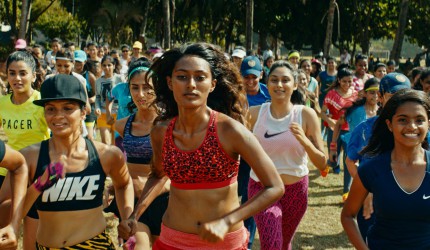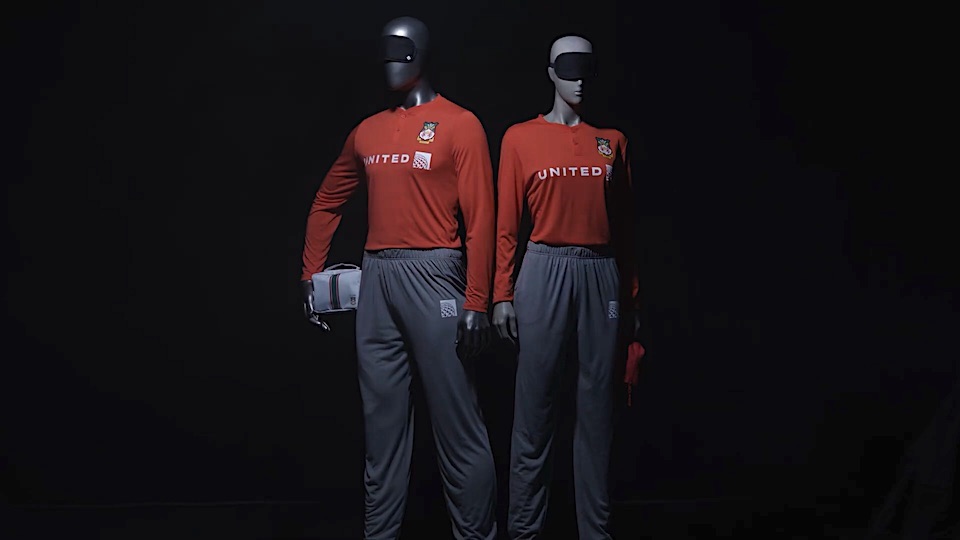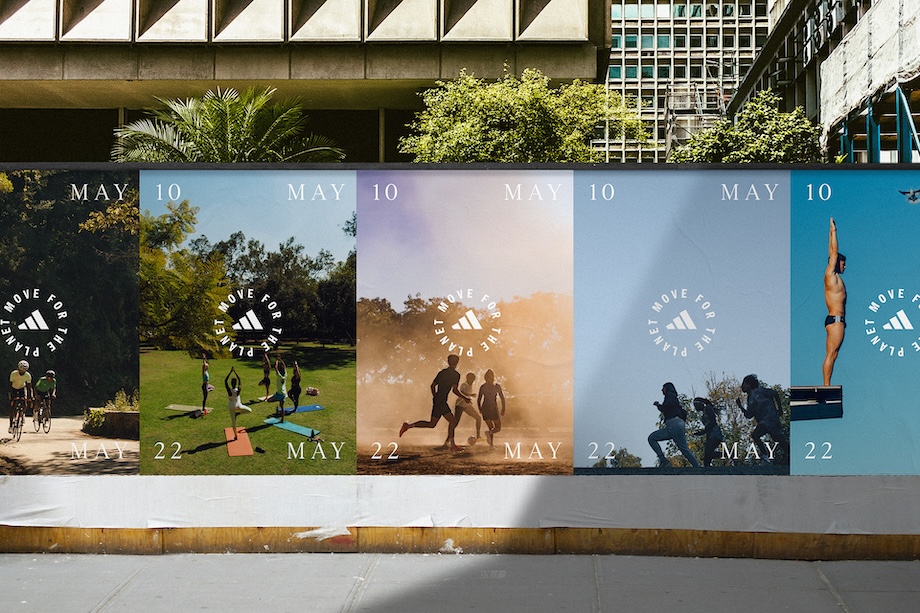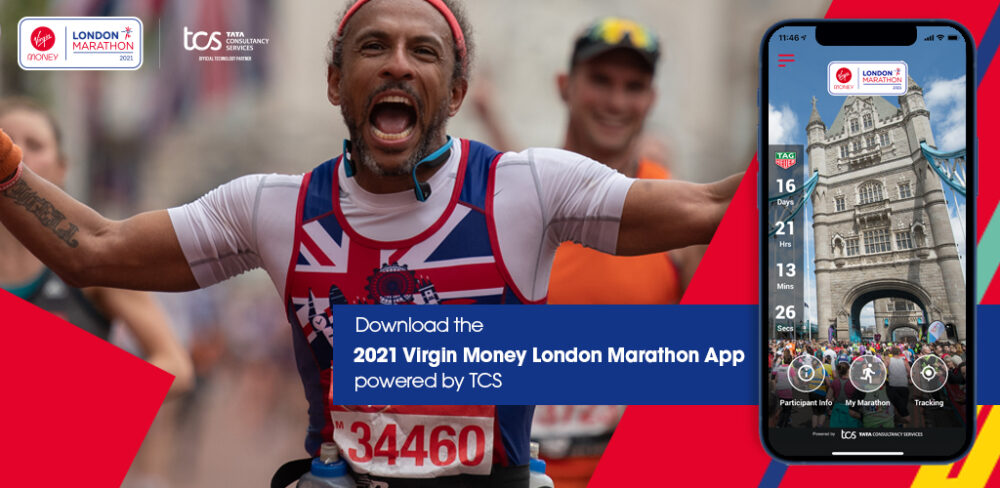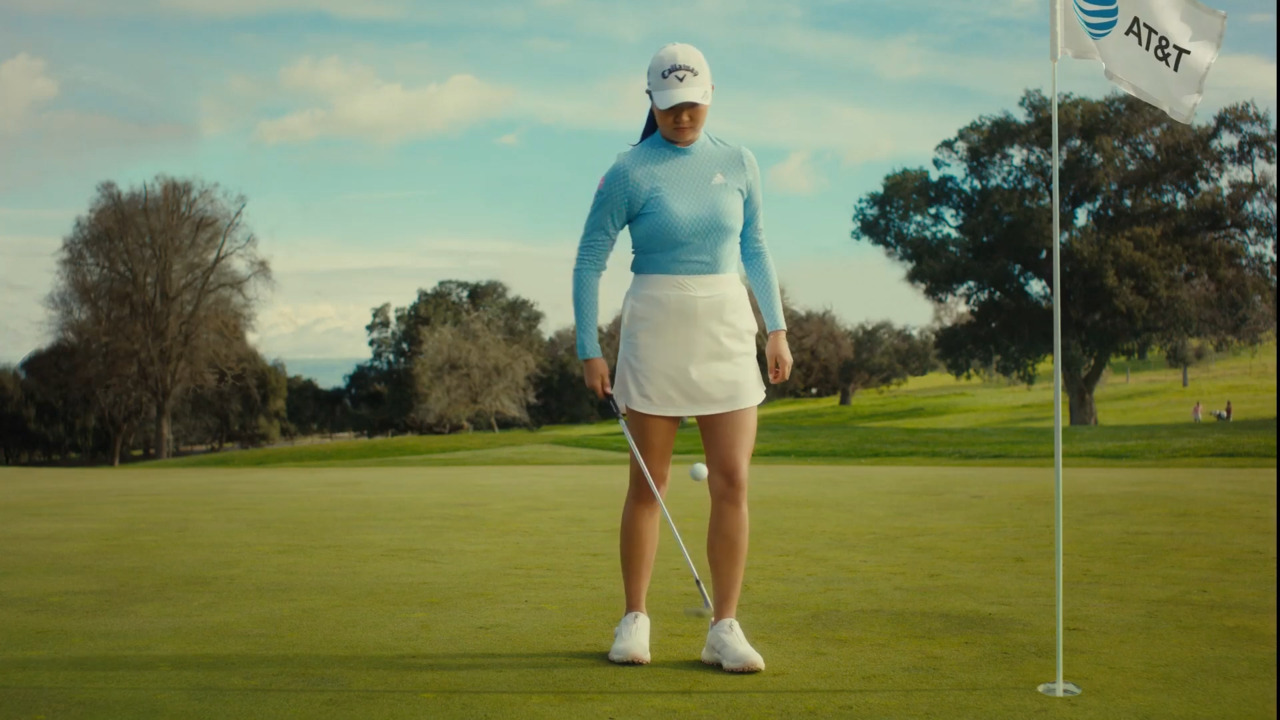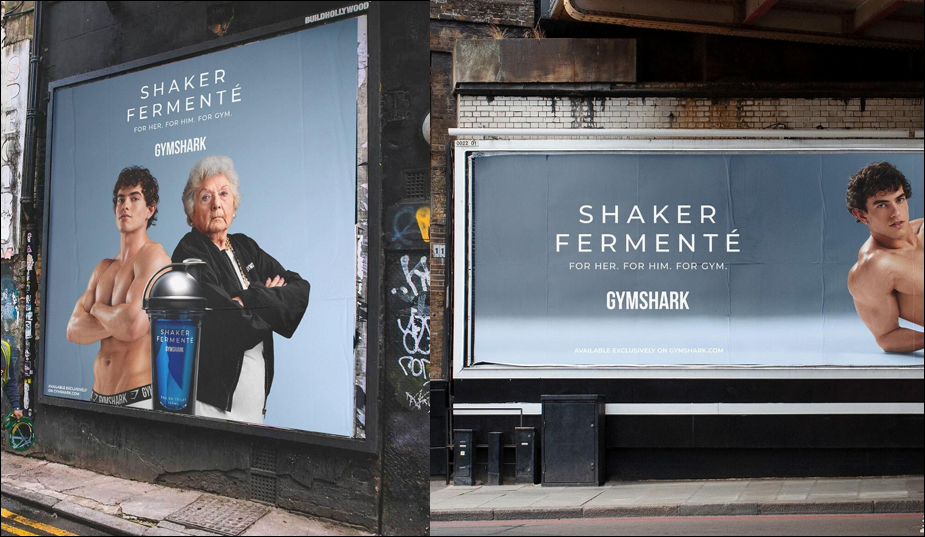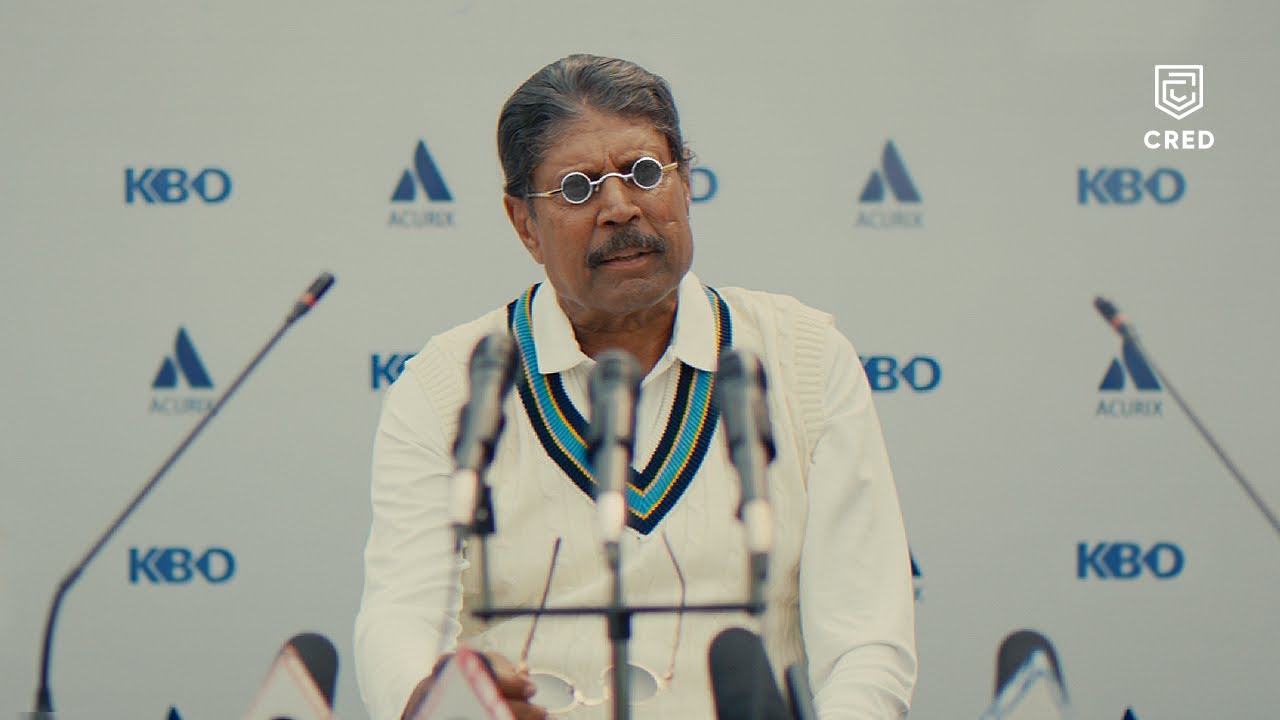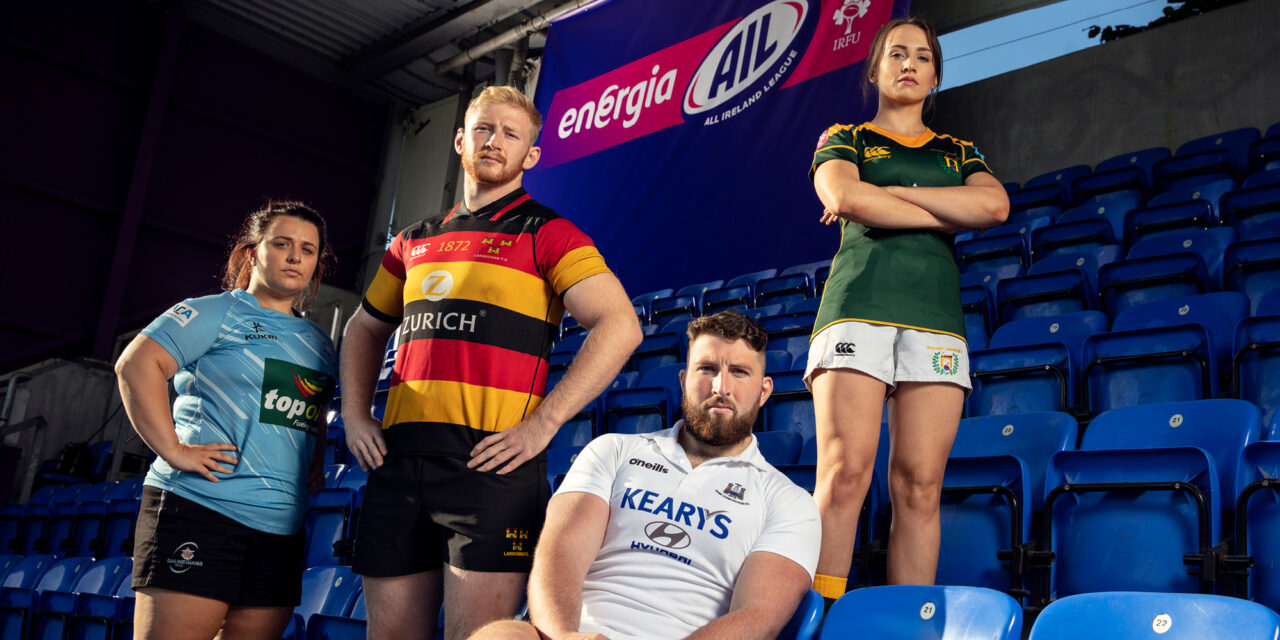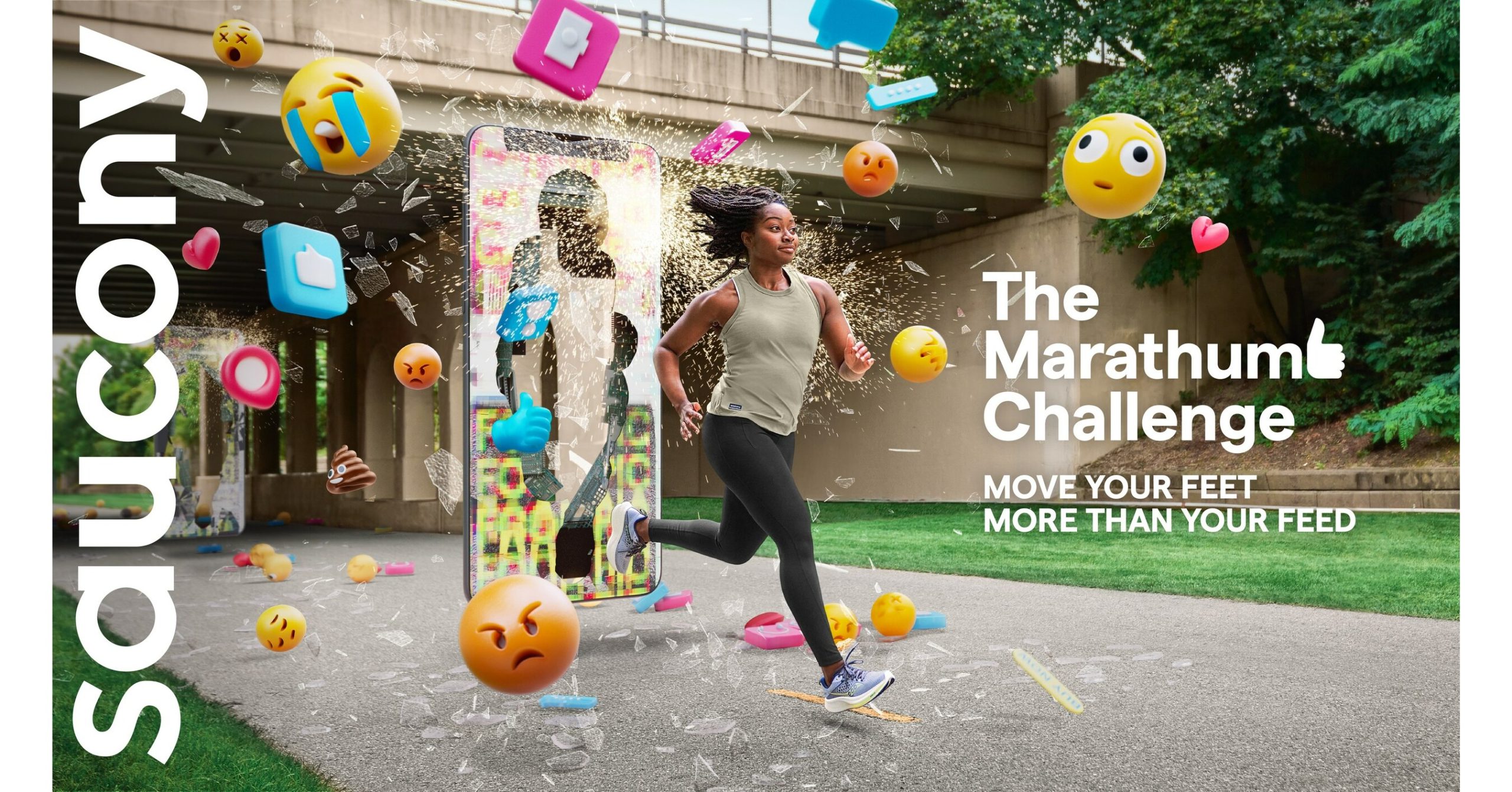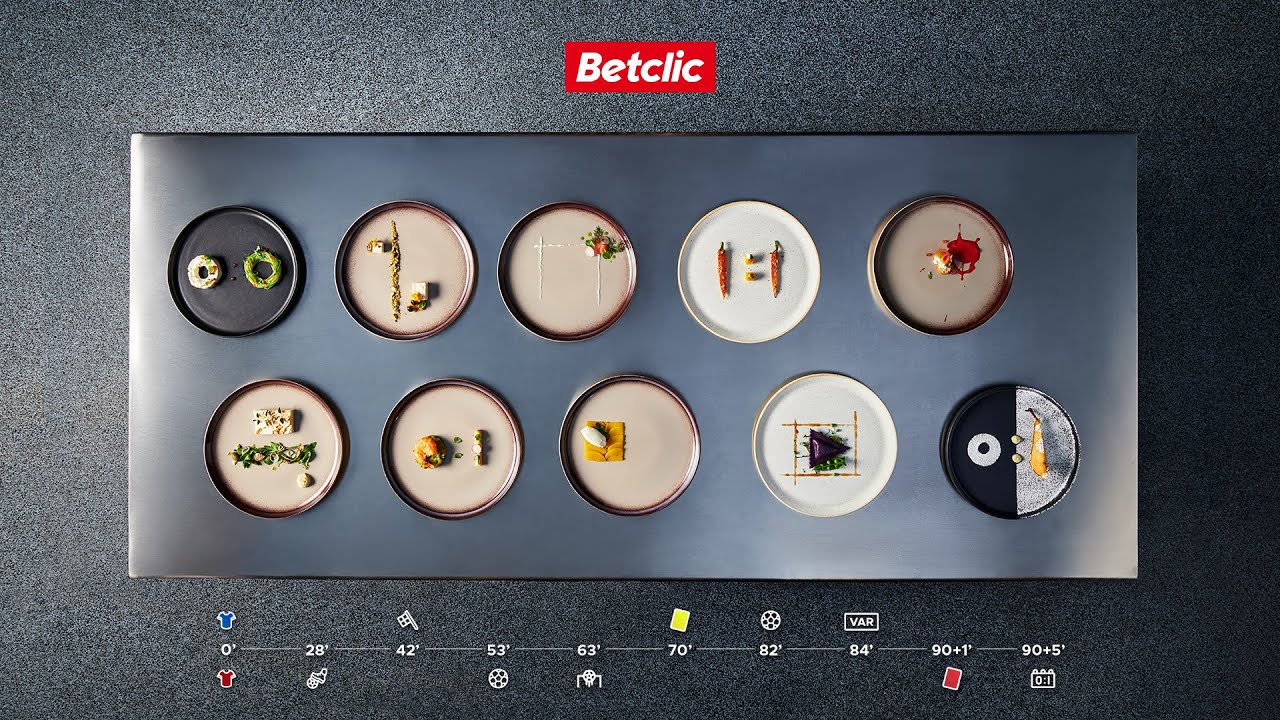Nike’s pre-Olympic, female-focused ‘Da Da Ding’ campaign in India has gone viral as it aims to inspire India’s next generation of sports stars to break convention and define their own success.
The central campaign film focuses on the themes of strength, discipline and confidence that sport can bring into your life
India is a country where cricket overshadows all other sports and one in which athletics has traditionally been a male-dominated, minor affair, Nike’s objectives is to inspire youngsters to take up track and field and to take a strand for girl power and put female athletes centre stage.
Posted on Nike India’s YouTube channel on 10 July, the spot ends with the copy line ‘It’s time to lace up those shoes. It’s time to go turbo!’ and drives viewers to www.Nike.com and to #justdoit
The campaign features one of Bollywood’s biggest stars Deepika Padukone (a former national-level badminton player), alongside leading and lesser known female athletes like hockey player Rani Rampal, footballers Jyoti Ann Burrett and Tanvie Hans, surfer Ishita Malaviya, athlete Shweta Hakke, and cricketers Harmanpreet Kaur, Smriti Mandana, and Shubhlakshmi Sharma.
The spot went viral after Padukone herself posted it on her personal Facebook page with a personal note saying that sports was a great help to her two years ago when she was struggling with depression.
‘I was sinking. I almost gave up. But it was the athlete in me that gave me the strength to fight and never ever give up!’
This is the first ever Nike campaign in India for the sportswear goliath’s long-term agency Wieden+Kennedy – which won the brand’s business in India 2015 after a competitive pitch.
The core two-minute, 52-second spot, directed by French director Francois Rousselet, features a soundtrack campaign anthem by Genera8ion and the campaign also features US rapper Gizzle.
The campaign even comes with an official lyric video (which itself has notched up more than 13,000 views).
‘Women across the world are embracing sports and an active lifestyle like never before,’ says Keerthana Ramakrishnan, Nike India communications head.
Comment
This campaign is really generation traction and could even be part of a Rio-led watershed moment for Indian sport and marketing.
The campaign was launched around a month before India sends its largest-ever team to the Rio Olympic Games – and women make up around one third of the Indian contingent.
With an impressive 3m YouTube views and 3m Facebook hits in its first few days, while other social media channels like Snapchat and Twitter are buzzing with the campaign’s message and novel theme.
Indeed, the campaign hashtag #DaDaDing has trended on Twitter in India for more than a week following the commercial’s launch.
While even Facebook chief operating officer Sheryl Sandberg described the campaign as ‘amazing’ and said it was ‘celebrating the strength and power of India’s women athletes’.
Nike is part celebrating and part driving a wave of female athletes emerging from both urban and rural India. Unlike previous generations, these women are not only playing traditionally popular sports like cricket, but also those traditionally seen in India as ,male preserves such as boxing and surfing.
‘What is happening now is (that) because of these top women athletes such as (boxer) Mary Kom and (tennis star) Sania Mirza fronting for a lot of others, we are seeing the rise of the Indian sportswomen, like never before,’ explained ESPNcricinfo India senior editor Sharda Ugra.
The brand’s new focus follows the fact that the number of Indian sportswomen has grown fast over the last decade: particularly in outside the major cities and in rural India.
Women’s participation in village, district, state, and national-level sports has grown 328% over the past four years according to research carried out in 2015 by Indiaspend.
At the national level there is major change too: for example, last year, India’s female cricketers got their first residential academy and India hosted the International Cricket Council Women’s World T20 tournament and India now has a women’s Pro Kabaddi League backed by broadcaster Star India.
While in 2014, more Indian women clinched medals (47% of all medals) at the Asian Games.
Globally, Nike’s global women’s wear business is growing fast (much faster than menswear) and is expected to jump from the current $5.7bn per year to $11 billion by 2020.
And, of course, Nike isn’t alone. Puma, Adidas, Under Armour and Reebok have all re-purposed their strategies in recent months to leverage and drive this trend (see previous case study).
Links
Nike YouTube:
https://www.youtube.com/user/nike
Nike Web:
Nike Twitter:
Nike Instagram:
https://www.instagram.com/nike/
Nike Facebook:
Wieden+Kennedy:

